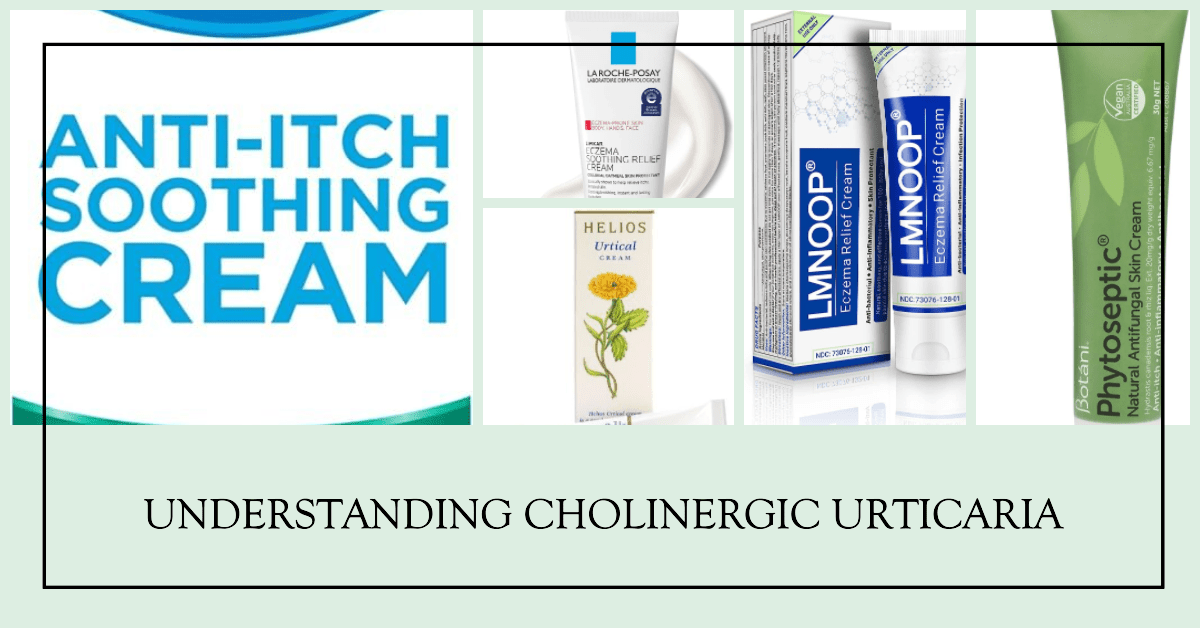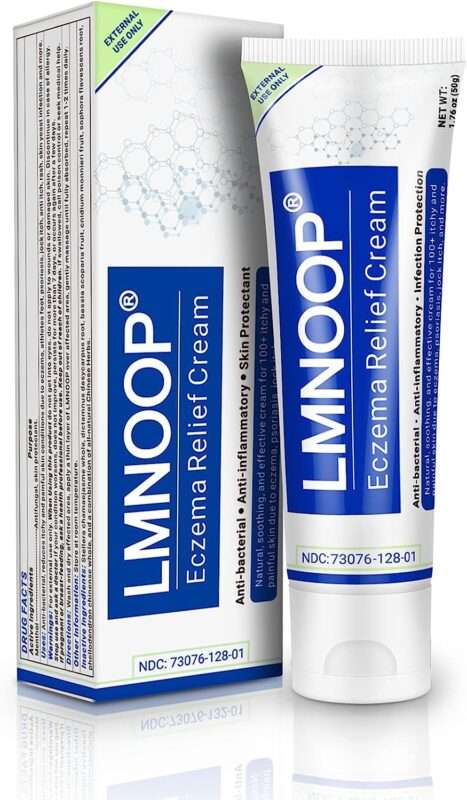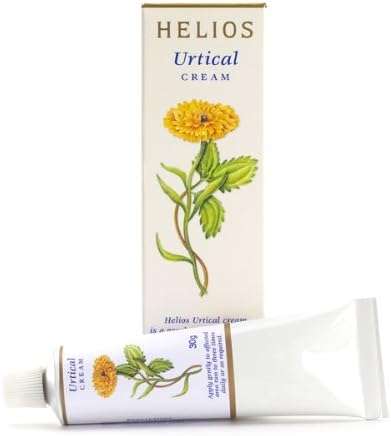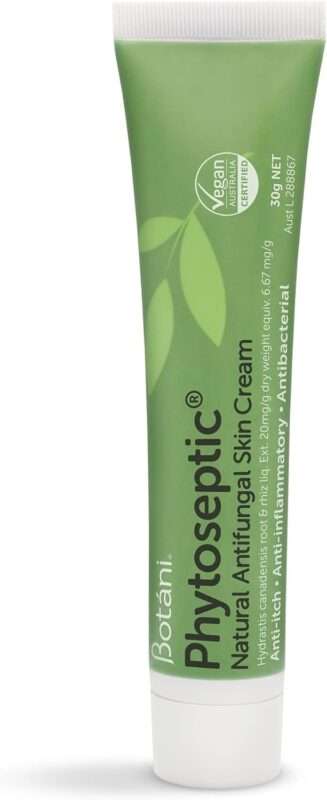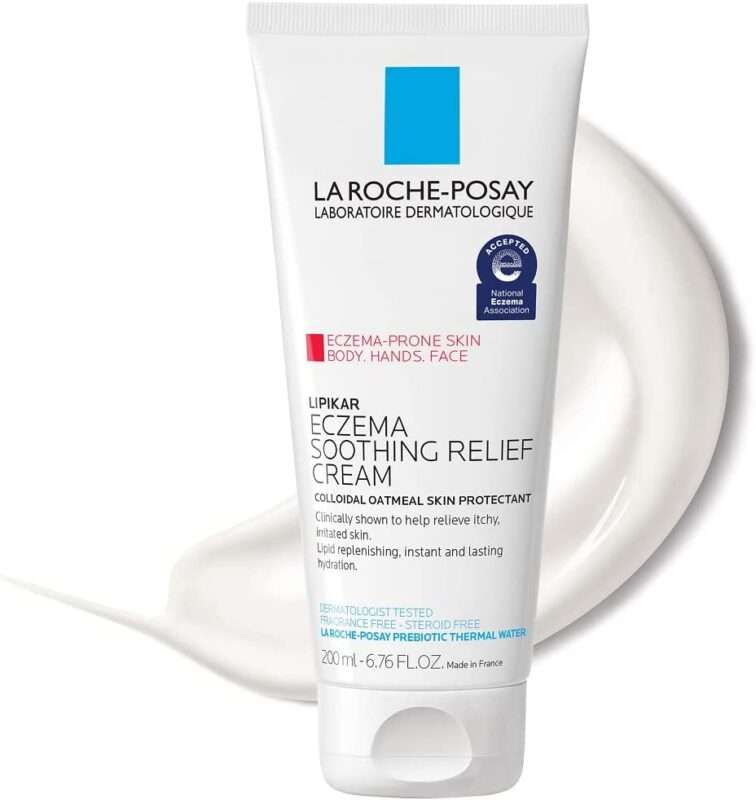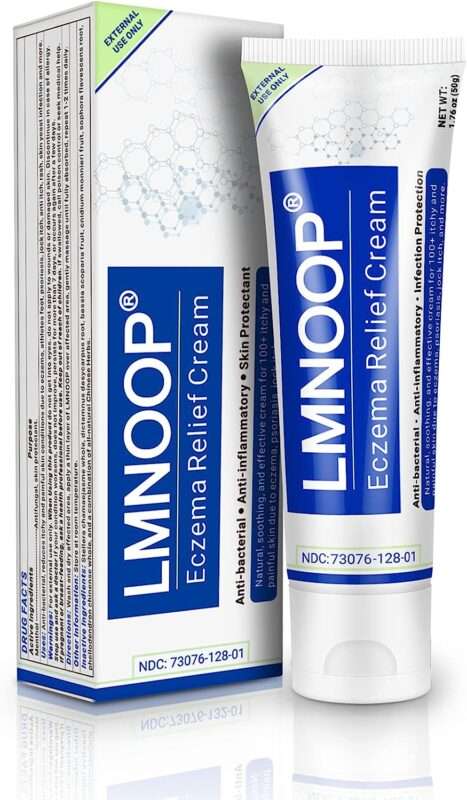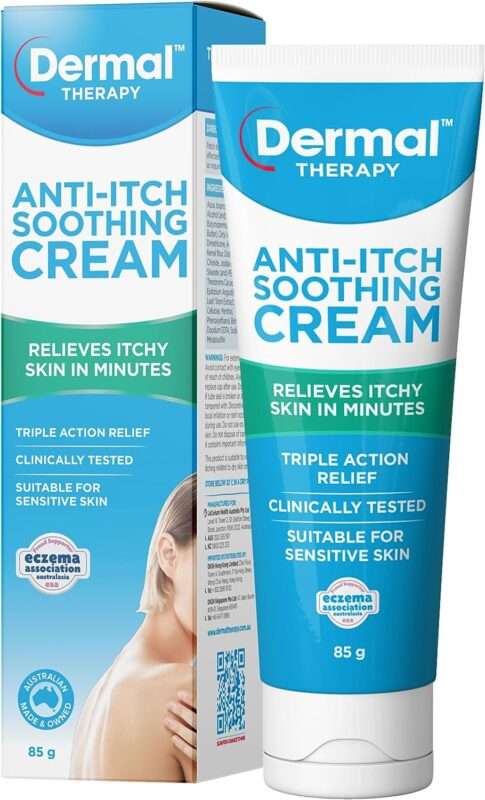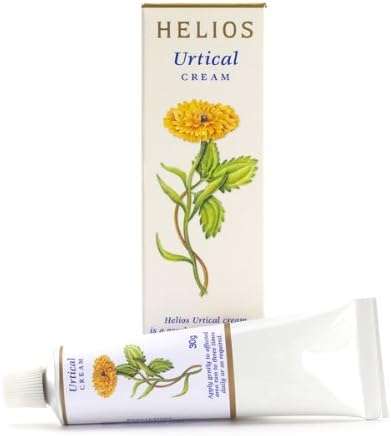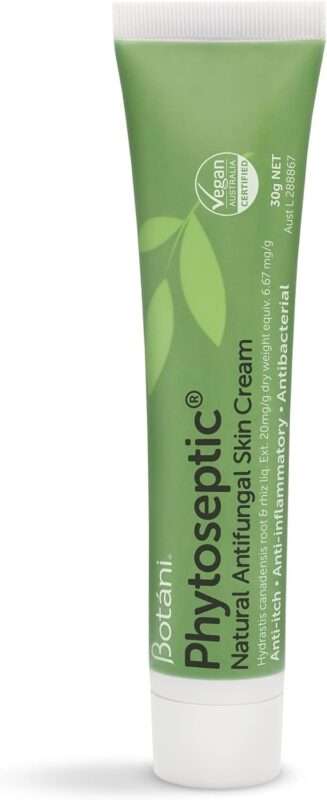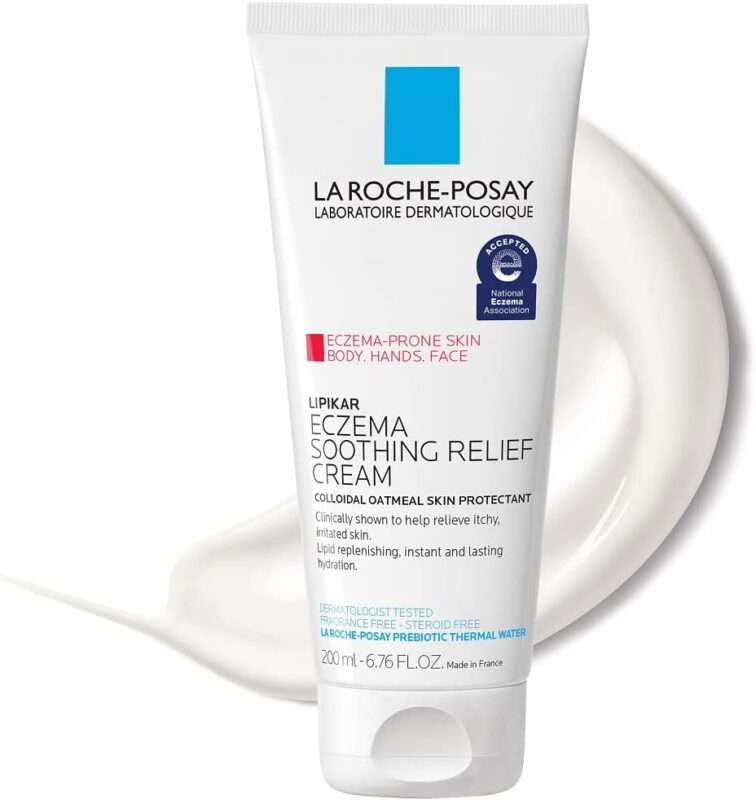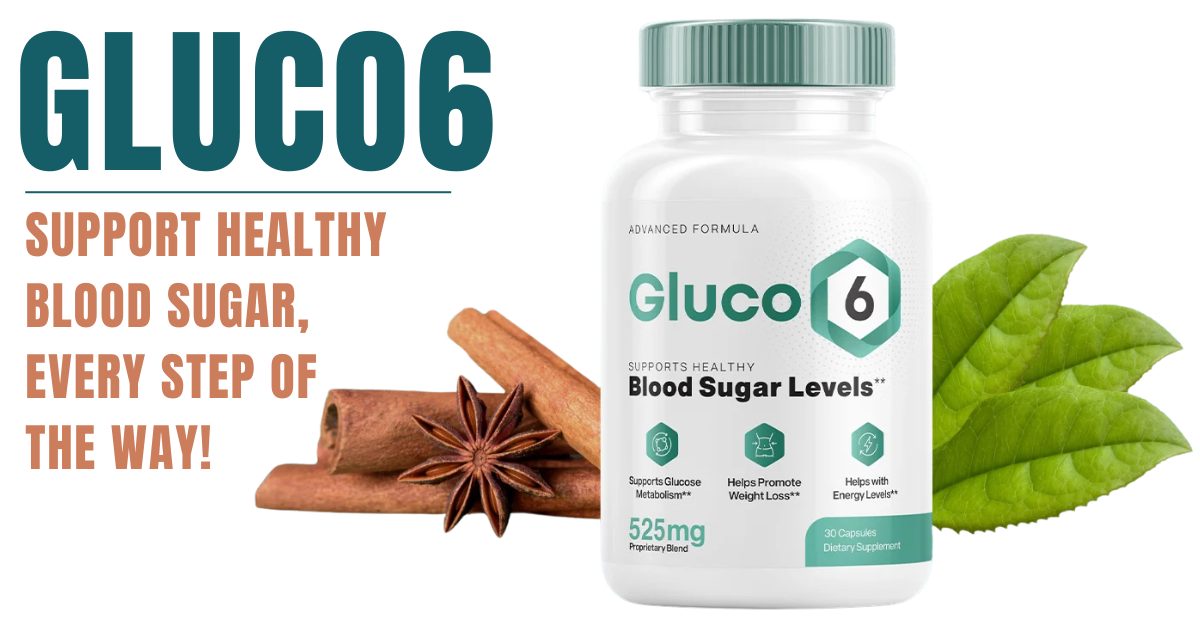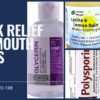Introduction
This article aims to shed light on this particular ailment by addressing common questions about its causes, symptoms, and treatment options.
Cholinergic Urticaria, also known as heat rash, but do you really know what it entails? Well, this article is here to give you a comprehensive understanding of this skin condition.
Cholinergic Urticaria is characterized by the sudden outbreak of red bumps on the skin and can be caused by various factors such as allergic reactions, sunlight exposure, insect stings, and even certain medications. Read more on common health concerns affecting women here
Feature Products in This Article
It is quite common among young adults with a prevalence of 10%, and for some unfortunate individuals, it can last for more than five years. The main trigger is autologous sweat, which is often associated with exercise-induced urticaria. Boost your metabolism with these top picks on Amazon
Key Takeaways
- Cholinergic Urticaria is a skin condition characterized by the sudden outbreak of red bumps, often triggered by autologous sweat, allergic reactions, insect stings, sunlight exposure, and certain medications.
- The symptoms of Cholinergic Urticaria include small elevated bumps on the skin, intense itching, and wheal formation.
- Diagnosis involves a physical examination, an assessment of medical history, and possibly trigger tests to confirm the condition.
- Treatment options range from antihistamines and cooling measures to immunosuppressive medications, depending on the severity of symptoms.
- Lifestyle changes such as avoiding hot showers, using fragrance-free products, and minimizing excessive sweating can help manage the condition and improve the quality of life.
Being diagnosed with Cholinergic Urticaria can be both confusing and concerning. However, understanding its underlying causes can provide clarity and pave the way for effective treatment. Typically, this condition is triggered by activities that increase body temperature like exercise, hot showers, or emotional stress.
Symptoms usually include a burning sensation, itching, and the appearance of hives. While there is no definitive cure for Cholinergic Urticaria, several treatment options are available.
These include antihistamines, cooling therapies, and even lifestyle changes such as avoiding known triggers.
LMNOOP® Eczema Cream, Maximum Strength Treatment Ointment
If you’re struggling with a range of skin issues from eczema to psoriasis and even urticaria, LMNOOP® Eczema Cream is a versatile treatment that offers maximum strength relief. Not only does it alleviate itching and irritation, but it also combats fungal infections like Tinea Pedis and Jock Itch. The cream deeply hydrates the skin while providing immediate relief. Suitable for both men and women, this ointment can be a staple in your medicine cabinet. Don’t let skin conditions like eczema and urticaria ruin your day; take control with this powerful ointment. Check Price on Amazon
✅ Maximum Strength Formula for Rapid Relief
✅ Suitable for a Range of Skin Conditions Including Urticaria and Psoriasis
✅ Anti-Itch Ingredients to Alleviate Discomfort
✅ Fungal Infection Protection
✅ Hydrates and Nourishes the Skin
The symptoms include small elevated bumps, intense itching, and the formation of wheals. Discover the best teas for stomach bloating relief Luckily, there are treatment options available, including antihistamines, avoiding triggers, implementing cooling measures, and sometimes even using immunosuppressive medications. However, it is crucial to seek medical attention if your symptoms persist or worsen. Check out these top 10 heart-healthy products for women
Don’t worry, we’ve got you covered with all the essential information you need to understand and manage Cholinergic Urticaria. So, let’s dive in and uncover the causes, symptoms, and treatment options for this pesky heat rash.
Causes of Cholinergic Urticaria
Cholinergic Urticaria, also known as heat rash, is characterized by an outbreak of red bumps on the skin. These bumps are typically accompanied by itching and wheal formation. There are several factors that can cause this condition.
Allergic Reactions
One of the common causes of Cholinergic Urticaria is allergic reactions. When your body comes into contact with an allergen, such as certain foods, medications, or environmental triggers, it can result in an immune response. This immune response leads to the release of histamine, which causes the characteristic symptoms of Cholinergic Urticaria. For more on allergic reactions, you may want to read this guide on essential vitamins and minerals.
Insect Stings
Insect stings can also trigger Cholinergic Urticaria. When you are stung by an insect, your body may react by releasing histamine. This histamine release leads to the formation of the red bumps and itching associated with Cholinergic Urticaria. For more about insect stings and their impact on women’s health, check out this article on top 7 women’s health concerns.
Sunlight Exposure
Exposure to sunlight can also cause Cholinergic Urticaria in some individuals. The heat from the sun can trigger an immune response, leading to the release of histamine and the development of the characteristic rash. Sunlight exposure and its impact can be better understood by reading this article on maintaining strong bones and the key to a quality life.
Certain Medications
Certain medications, such as antibiotics and nonsteroidal anti-inflammatory drugs (NSAIDs), have been associated with the development of Cholinergic Urticaria. These medications can cause an allergic reaction in some individuals, leading to the symptoms of this condition. If you’re concerned about medications and their side effects, check out this ultimate guide to kidney-friendly foods for chronic patients.
Prevalence and Duration
Cholinergic Urticaria is estimated to occur in approximately 10% of young adults. This condition can have a significant impact on one’s quality of life, as it can cause discomfort and embarrassment. In some cases, the symptoms of Cholinergic Urticaria can persist for several years. It’s important to seek proper medical attention and treatment to manage the symptoms effectively. If you’re interested in supplements that could help with building muscle and potentially boosting your overall health, you can check out this list of best women’s supplements for building muscle.
Autologous Sweat as a Main Trigger
Autologous sweat has been identified as a major trigger for Cholinergic Urticaria. When you engage in physical activities or exercise, your body produces sweat to regulate its temperature. In individuals with Cholinergic Urticaria, this sweat can trigger an immune response, leading to the development of the characteristic rash. For more about how to manage sweat and its effects, you can refer to this article on boosting metabolism with Amazon top picks.
Dermal Therapy Anti-Itch Soothing Cream
Soothe your itchy and irritated skin with Dermal Therapy Anti-Itch Soothing Cream. This non-greasy, fast-acting cream provides immediate relief from itching and discomfort. Formulated for sensitive skin, it offers a long-lasting effect that can keep you comfortable throughout the day. The 85g packaging is also convenient to carry, making it a great option for people on the go. Calm your skin in minutes and feel the relief that you’ve been yearning for. Check Price on Amazon
✅ Immediate Itch Relief
✅ Lightweight and Non-Greasy Formula
✅ Suitable for Sensitive Skin
✅ Long-lasting Comfort
✅ Convenient 85g Packaging for Portability
Symptoms of Cholinergic Urticaria
The symptoms of Cholinergic Urticaria are distinctive and can vary from person to person. The most common symptoms include:
Small Elevated Bumps on the Skin
Cholinergic Urticaria is characterized by the presence of small elevated bumps, typically appearing as red or pink in color. These bumps are often referred to as hives and can vary in size. They can be itchy and may be surrounded by a pale halo known as a wheal.
Itching
Itching is a common symptom experienced by individuals with Cholinergic Urticaria. The itching can be intense and can worsen when you sweat or engage in physical activities. Learn more about how to manage itching with these
Wheal Formation
Wheal formation is another characteristic symptom of Cholinergic Urticaria. A wheal refers to a raised area of the skin that can be pale or red. It typically appears around the site of the small elevated bumps and can be accompanied by itching. For an in-depth understanding of skin issues like wheal formation, read
Diagnosis
Diagnosing Cholinergic Urticaria involves a combination of physical examination, medical history assessment, and trigger tests. If you suspect that you have Cholinergic Urticaria, it is essential to consult with a healthcare professional for proper evaluation.
Physical Examination
During a physical examination, a healthcare professional will examine your skin for the characteristic small elevated bumps and wheal formation. They may also inquire about your symptoms and any triggers that you have identified.
Medical History
Providing a thorough medical history is crucial for an accurate diagnosis of Cholinergic Urticaria. Your healthcare professional will ask about your symptoms, when they first started, and any patterns or triggers that you have noticed. They may also inquire about any medications or allergies you have.
Trigger Tests
In some cases, your healthcare professional may recommend trigger tests to confirm the diagnosis of Cholinergic Urticaria. These tests involve exposing your skin to various triggers, such as exercise or increased temperature, to see if it elicits a reaction.
Treatment Options
There are several treatment options available for managing Cholinergic Urticaria. The choice of treatment will depend on the severity of your symptoms and the impact they have on your daily life. Common treatment options include:
Antihistamines
Antihistamines are commonly used to manage the symptoms of Cholinergic Urticaria. These medications work by blocking the effects of histamine, thereby reducing itching and wheal formation. Your healthcare professional may recommend over-the-counter or prescription-strength antihistamines.
Helios Homoeopathy Urtical Cream 30g
Opt for a natural remedy to manage your urticaria symptoms with Helios Homoeopathy Urtical Cream. This homeopathic treatment offers a specialized formula for urticaria and is made from all-natural ingredients. It’s suitable for all ages and is non-toxic, making it safe for regular use. If you’re looking for an alternative to mainstream creams, this product offers an effective and natural approach. Check Price on Amazon
✅ Homeopathic Treatment Option
✅ Specialized for Urticaria
✅ All-natural Ingredients
✅ Suitable for All Ages
✅ Non-Toxic and Safe for Regular Use
Avoiding Triggers
Avoiding triggers, such as excessive sweating or known allergens, can help prevent or reduce the occurrence of Cholinergic Urticaria episodes. It is important to identify your triggers and take necessary precautions, such as avoiding strenuous exercise or wearing breathable clothing.
Cooling Measures
Applying cool compresses or taking cool showers can provide relief from itching and help soothe the skin during Cholinergic Urticaria outbreaks. It is important to avoid hot showers or baths, as they can worsen symptoms.
Immunosuppressive Medications
In severe cases of Cholinergic Urticaria that do not respond to other treatment options, your healthcare professional may prescribe immunosuppressive medications. These medications work by suppressing the immune system and reducing the immune response that triggers the symptoms of Cholinergic Urticaria.
In addition to medical treatment, making certain lifestyle changes can help manage Cholinergic Urticaria and reduce its impact on your daily life. Some lifestyle changes to consider include:
Lifestyle Changes to Manage Cholinergic Urticaria
In addition to medical treatment, making certain lifestyle changes can help manage Cholinergic Urticaria and reduce its impact on your daily life. Some lifestyle changes to consider include:
Avoiding Hot Showers and Baths
Hot water can exacerbate the symptoms of Cholinergic Urticaria, so it is recommended to take lukewarm showers or baths instead. Avoiding hot environments, such as saunas or steam rooms, can also be helpful.
Using Fragrance-Free and Hypoallergenic Products
Using fragrance-free and hypoallergenic products can help minimize the risk of irritation or allergic reactions that can trigger Cholinergic Urticaria. Opt for gentle cleansers, moisturizers, and laundry detergents.
Avoiding Excessive Sweating
Minimizing excessive sweating can help reduce the frequency and severity of Cholinergic Urticaria outbreaks. Engaging in low-intensity exercises or activities in a controlled environment can help manage sweating. It is also important to dress in breathable clothing that allows for proper ventilation.
Seeking Medical Attention
If you experience persistent or worsening symptoms of Cholinergic Urticaria, it is important to seek medical attention. Your healthcare professional can evaluate your condition, adjust your treatment plan if necessary, and provide guidance on managing your symptoms.
Botani Phytoseptic Antifungal Skin Cream, 30g
Fight fungal infections head-on with Botani Phytoseptic Antifungal Skin Cream. This all-natural cream provides fast relief from itching, irritation, and discomfort associated with fungal infections. It’s a versatile product that can be used for various skin conditions and is easy to carry thanks to its 30g packaging. No need to suffer in silence; choose Botani for effective and rapid treatment. Check Price on Amazon
✅ Antifungal Properties
✅ Suitable for Multipurpose Use
✅ Fast-acting Relief
✅ All-natural Ingredients
✅ Travel-friendly 30g Size
Complications of Cholinergic Urticaria
Cholinergic Urticaria can sometimes lead to complications, including secondary skin infections. Scratching the itchy bumps can break the skin barrier, making it susceptible to bacterial or fungal infections.
Additionally, the emotional impact of Cholinergic Urticaria should not be overlooked. Living with visible skin symptoms and chronic itching can have a significant impact on an individual’s quality of life, leading to self-consciousness, social anxiety, and increased stress levels.
Research and Advances
Ongoing research studies aim to further understand Cholinergic Urticaria and advance treatment options for this condition. Researchers are investigating more effective medications, exploring the underlying mechanisms of the immune response, and identifying potential future therapies.
By gaining a deeper understanding of Cholinergic Urticaria, healthcare professionals can develop more targeted and personalized treatment approaches, ultimately improving the quality of life for individuals living with this condition.
FAQ (Frequently Asked Questions)
What is Cholinergic Urticaria?
- Cholinergic Urticaria is a type of chronic hives triggered by elevated body temperature. This could be due to exercise, hot showers, or emotional stress. It manifests as small, itchy hives on the skin.
What Causes Cholinergic Urticaria?
- The exact cause is not fully understood, but it’s generally linked to an allergic reaction where mast cells in the skin release histamine. This can be exacerbated by factors such as heat, exercise, or stress.
What Are the Symptoms of Cholinergic Urticaria?
- Symptoms include red, itchy bumps or welts on the skin, commonly on the upper body and arms. These symptoms can be accompanied by a warm sensation, tingling, or a stinging feeling.
How Is Cholinergic Urticaria Diagnosed?
- A healthcare provider typically diagnoses this condition through patient history and specific tests that trigger hives, such as a hot water immersion test or exercise test.
What Are the Treatment Options for Cholinergic Urticaria?
- Treatments often include antihistamines to control symptoms. In severe cases, corticosteroids may be prescribed. It’s important to consult with a healthcare provider for an accurate diagnosis and appropriate treatment.
La Roche-Posay Lipikar Soothing Relief Eczema Cream
La Roche-Posay Lipikar Soothing Relief Eczema Cream offers a dermatologically tested solution for people suffering from eczema or highly sensitive skin. Infused with colloidal oatmeal, this cream offers additional relief and hydration. It’s a non-greasy formula that absorbs quickly, allowing you to go about your day without discomfort. Choose this lotion for a specialized treatment that respects the integrity of sensitive skin. Check Price on Amazon
✅ Infused with Colloidal Oatmeal for Extra Relief
✅ Designed for Eczema and Sensitive Skin
✅ Dermatologically Tested
✅ Provides Long-lasting Hydration
✅ Non-greasy and Fast-absorbing Formula
Conclusion
In conclusion, Cholinergic Urticaria, or heat rash, is a condition characterized by the outbreak of red bumps on the skin. It can be caused by various factors such as allergic reactions, insect stings, sunlight exposure, and certain medications. The main trigger for Cholinergic Urticaria is autologous sweat, often related to exercise-induced urticaria. Symptoms include small elevated bumps, itching, and wheal formation.
The diagnosis involves a physical examination, medical history assessment, and trigger tests. Treatment options include antihistamines, avoiding triggers, cooling measures, and immunosuppressive medications. Lifestyle changes, such as avoiding hot showers, using fragrance-free products, and minimizing excessive sweating, can also help manage the condition.
It is important to seek medical attention if symptoms persist or worsen, as complications such as secondary skin infections can occur. Ongoing research studies are exploring more effective treatment options and advancing our understanding of the underlying mechanisms of Cholinergic Urticaria. With proper diagnosis and management, individuals with Cholinergic Urticaria can lead a comfortable and fulfilling life.
Disclaimer
Please keep in mind that nothing said here should be construed as a substitute for professional medical or financial advice from a qualified financial advisor or a licensed healthcare provider. If you use pharmaceuticals or have concerns after reading the above review information, be sure to speak with a qualified physician or financial expert before making any purchasing decisions. Since the claims made about these products have not been reviewed by the Food and Drug Administration or Health Canada, individual outcomes may differ and cannot be guaranteed. Research that has been approved by the FDA or Health Canada has not attested to the efficacy of these products. These goods do not offer any form of get-rich-quick scheme and are not designed to diagnose, treat, cure, or prevent any ailment. The reviewer disclaims all liability for incorrect pricing. For exact prices, view the product sales page

